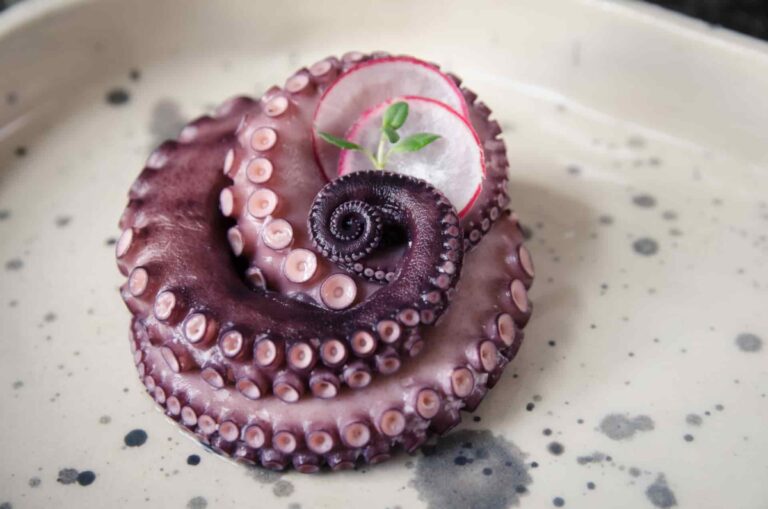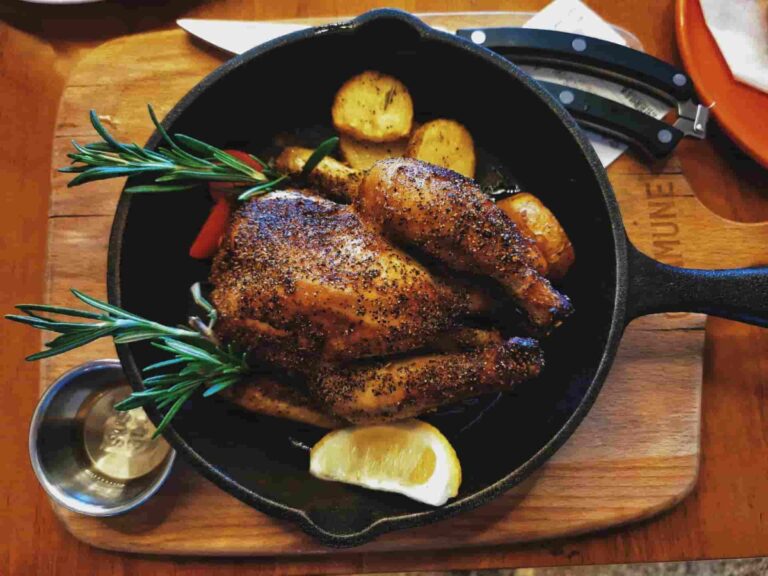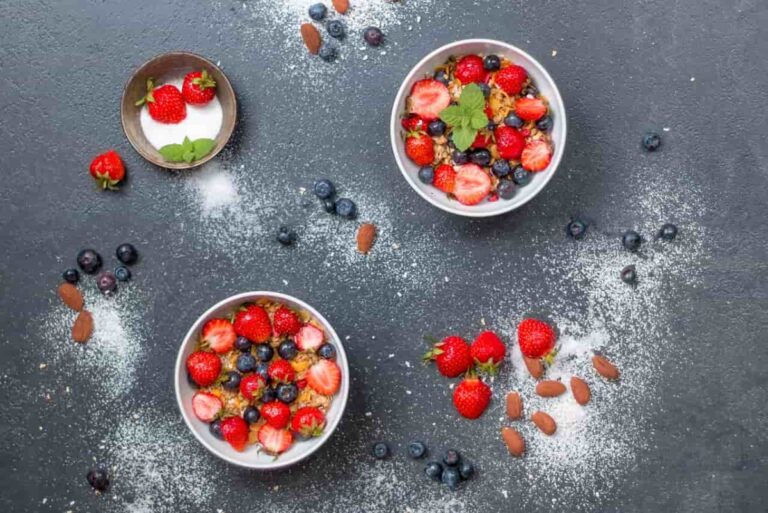39 top black beans benefits
Did you know that frijoles negros, turtle beans, and caviar criollo are all names that have been given to black beans?
- The black bean is a small, glossy variety of the common bean that is particularly well-liked in the cuisine of Latin America. However, the Cajun and Creole cuisines of southern Louisiana also make use of the bean in their respective cuisines. It is indigenous to the Americas, as are all varieties of the common bean, yet it has been exported to many other parts of the world.
- The flesh of black beans is white, but their skin is a satiny black (or more accurately, a dark purple). At least 7,000 years ago, these beans became an important part of the diets of people living in Central and South America, and they continue to play that role now.
- Did you know that Pythagoras, a famous Greek philosopher and mathematician who lived in the sixth century BC, had a severe philosophical hatred for beans? His aversion to legumes is said to have sprung from his belief that the souls of the deceased were trapped inside of them, as stated by a number of historians.
- Since the 1980s, when they were virtually unheard of in the United States, black beans have been steadily gaining popularity among customers there. In the United States, 164 new dishes that included black beans were presented for the first time in 2016, and it was anticipated that this pattern would continue in 2017.
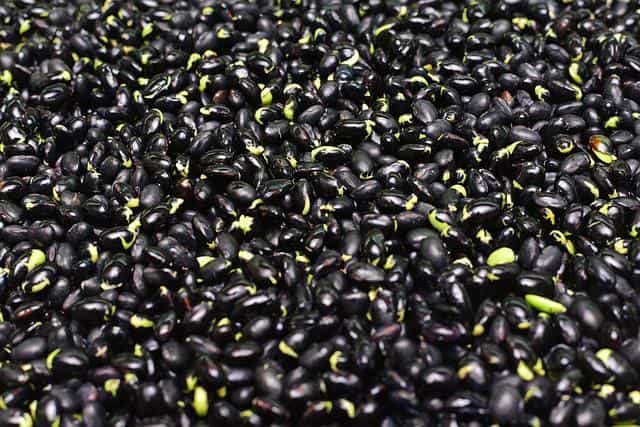
Black beans nutrition values and health benefits
- Black beans contain the minerals iron, phosphorus, calcium, magnesium, manganese, copper, and zinc, all of which contribute to the development and maintenance of healthy bone structure and strength, both within the body and in the environment.
- Black beans are also a good source of fibre. The production of bone structure requires calcium and phosphorus, but the maintenance of bone and joint tissue’s strength and pliability requires iron and zinc. Calcium and phosphorus are necessary in the formation of the bone structure.
- For the majority of people, keeping their salt consumption to a minimum is required in order to keep their blood pressure at a normal level. Numerous studies have shown that consuming foods that are naturally low in sodium and high in potassium, calcium, and magnesium can assist in the natural lowering of blood pressure. Black beans fall into this category of food.
- People who have type 1 diabetes and consume diets high in fibre have been found in multiple studies to have lower levels of glucose in their blood than individuals who do not consume such diets. In addition, people who have type 2 diabetes may see changes in their levels of insulin, cholesterol, and blood sugar.
- The high levels of fibre, potassium, folate, vitamin B6, and phytonutrients that are found in black beans, in addition to the fact that they have a relatively low amount of cholesterol, all work together to help prevent heart disease and support heart health. This fibre may help lower total cholesterol levels in the blood and lessen the risk of heart disease due to the cholesterol-lowering qualities that it possesses.
- Selenium is a trace mineral that can be found in black beans in much higher concentrations than in many other fruits and vegetables. It plays an important part in the functioning of liver enzymes as well as in the body’s detoxification of a number of substances that can cause cancer. In addition to this, there is some evidence that selenium can help reduce inflammation and inhibit the growth of malignant tumours.
- Because it functions as a “bulking agent” in the digestive tract, which makes digestion easier, dietary fibre is widely recognised as playing an important part in both the process of losing weight and maintaining a healthy weight.
- The consumption of meals that are rich in fibre both increases the sense of fullness after eating and decreases feelings of hunger. As a result, a person can feel fuller for a longer length of time and consume fewer calories overall when they eat meals that are high in fibre.
- Black beans contain a wide variety of phytonutrients, many of which are known to possess antioxidant properties. Some examples of these phytonutrients include saponins, anthocyanins, kaempferol, and quercetin.
- Starch is a type of complex carbohydrate, and black beans, like many other types of beans and legumes, contain a significant amount of it. It does so by providing the body with a source of energy that is slowly digested by the body, preventing a spike in the levels of glucose in the blood.
86g of cooked black beans has 114 calories(476kj), 7.6g protein, 0.4g fat, and 20g carbs including 7.5g fibre
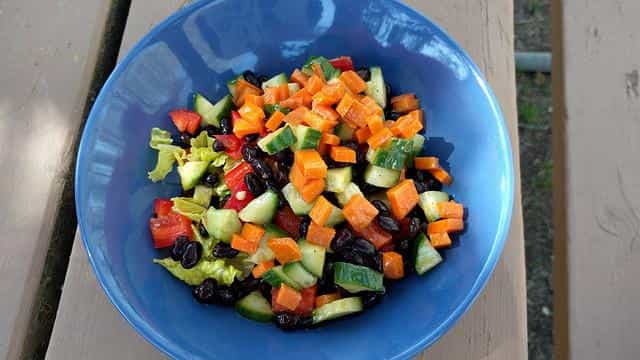
How to store black beans and how to buy them
- When it comes to black beans, there are typically two different preparation methods available to choose from: dry and canned. The vast majority of people who cook at home rely on the convenience of canned black beans, but many experts believe that there is another choice that is superior in terms of nutrition.
- If you want to buy dried black beans in bulk, you should only get as much as you can consume in a single month. Dried beans that are sold in packages should not contain any broken beans and should be packaged in a way that assures the beans will remain securely sealed. The appearance of tiny pinholes in dried beans is a clear indication of an existing insect infestation. Stay away from these beans at all costs. Additionally, steer clear of any beans that are shrivelled or otherwise damaged.
- It is possible to store dried black beans for up to a year if the container they are stored in is airtight and the environment is cool and dry. Despite the fact that dried beans have a long shelf life, you should never combine fresh beans with any older dried beans that have been left over while you are replenishing your supply of dry beans.
- Beans that are younger will take longer to cook than older dried beans, while beans that have been stored for a longer period of time will take longer to boil than older dry beans. If you want to reduce the amount of canned black beans you consume but keep the ease of using canned black beans in your diet, you will need to prepare the dried beans in advance.
- It is vital to store canned beans in cool cabinets and keep them away from anything that generates heat. Additionally, it is important to consume them within one year of the purchase date. It is essential to keep in mind that you should not consume canned goods if the cans themselves are rusty, bulging, or otherwise damaged.
- Keep the following considerations in mind in order to ascertain whether or not your black beans are spoiled:
- Dried beans don’t go bad, but they don’t stay as fresh as they were when you bought them. If they smell rancid or have bugs in them, they are probably past their prime and should not be consumed. You should toss the beans if they have changed colour or have an odour that is not pleasant.
- If you leave cooked beans out at room temperature for more than two hours, they will begin to rot and will no longer be suitable for food. If you detect any of these symptoms, you need to get rid of these items and start using a different brand. If the beans have an off-taste, a foul odour, or mould on them, it is time to get rid of them because they are no longer usable.
- Even if they are not perfect, your nose and sight are typically the most reliable devices to use when judging whether or not your beans have become spoiled. Beans that have not been cooked properly will have a rancid smell and will be surrounded by a liquid that is white in colour.
- Is it still safe to consume black beans after the “expiration” date that is printed on the can of black beans? Yes, as long as they have been stored properly, the can or package has not been tampered with, and there are no signs of spoilage – commercially canned black beans will typically have a “Best By” or “Best Before” date. However, this is not a safety date; rather, it is the manufacturer’s estimate of how long the beans will remain at their peak quality. If the beans have been properly stored, there should be no signs of spoilage.
- If beans are not cooked correctly or if they are eaten after they have gone bad, they have the potential to induce food poisoning symptoms such as nausea, vomiting, diarrhoea, stomach cramps, a slight temperature, and weakness. If you consume bad beans, you could end up with more serious health problems that require hospitalisation. Consuming beans with a strong, unpleasant odour is good for your health. The consumption of stink beans, which are rich in nutrients as well as antioxidants, is known to assist in the strengthening of the immune system.
- There is a form of ready-to-eat frozen black beans that may be purchased. If you put them in the freezer, they will remain usable for up to six months. When you are ready to utilise the beans that were previously frozen, remove them from the freezer and allow them to thaw at room temperature. You may reheat the beans on the stovetop, add them to stews and soups, and use them in any other way that you would use canned beans.
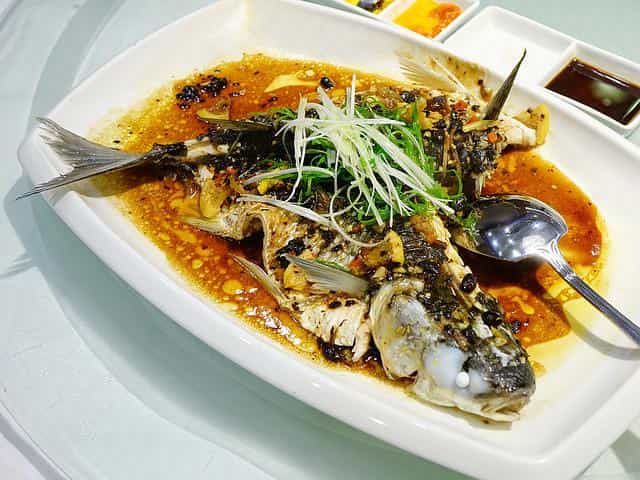
Cooking techniques, secrets, and tips from the kitchen
- When you cook dried black beans from scratch, you have the potential to season them with spices, garlic, and other aromatics, just like you would when cooking any other type of dry bean at home. This is true even though black beans are not traditionally seasoned with these ingredients. Because of this, beans prepared at home are exceptionally delicious.
- You have the ability to control how soft the beans become. Therefore, if you want the beans to have some texture, which would be great for incorporating into soups or salsas (such as this black bean and corn salsa), you may remove them from the heat before they become overcooked. This would be ideal for incorporating the beans into recipes in which they would be combined with other ingredients to create a new dish. If, instead of eating the beans directly from the pot, you want to use them as a dip or spread, you can cook them for a little longer to give them a thicker consistency.
- It is recommended to soak the beans in water for at least 12 hours before cooking them. Although I have not seen this to be necessary, some people claim that soaking ingredients for a full day before cooking makes digestion easier and results in more uniform cooking. After placing the beans in a big mixing bowl with enough water to cover them by three to four inches, the next step in the preparation process is to let them aside overnight so that the beans may absorb the water. The beans will grow to be three times as large as they were before.
- There is some evidence that including black beans in rice dishes, such as pilaffs and risottos, can help increase the total amount of protein in the meal. It is also important to note the flavour and texture that they contribute. You can add them to salads or just eat a mountain of them by themselves with vegetables to increase the amount of protein and flavour in a meal while also getting more fibre out of the deal.
- Black beans that have been rinsed and drained are placed in a blender along with fresh lime juice, a couple of chipotle chilies that have been packed in adobo sauce, fresh cilantro, garlic, onion, smoky paprika, and Greek yoghurt. This mixture is blended until smooth and is topped with chopped cilantro and hot sauce. As a side dish, serve the salsa with tortilla chips.
- Include it in a hearty stew together with meat and/or veggies. Although chorizo and other pork products work exceptionally well in this dish, a vegetarian stew will still be just as satisfying due to the high protein content of the black beans. Just before serving, wilt some greens in the stew itself, and then add them.
- Create a rough paste by combining the cilantro, freshly grated Parmesan, garlic, and olive oil. Then, stir in the black beans that have been rinsed and drained, cooked brown rice, and cubed mozzarella cheese. Wrap the contents in a tortilla made from whole wheat and cook it in a pan made of non-stick cooking spray until it is golden brown on both sides. Before serving, cut it on the diagonal into bite-sized pieces.
- One of the most common kinds of black beans used in Chinese cooking is the fermented variety, which also goes by the names douchi, fermented black soybeans, Chinese fermented black beans, and salted black beans. Beans that have been fermented and salted are most frequently utilised in the preparation of black bean sauce, which is then employed in savoury foods such as stir-fries, fish, meat, and mapo tofu.
- Fermented black beans, which have a robust taste of their own, are frequently combined with other robust ingredients, such as garlic, ginger, and chilies, to complement their flavour. Black bean sauces typically include these additional components, and they can either be purchased pre-made at a store or prepared at home. The beans can be used whole, diced, or as a sauce in a variety of different dishes, including stir-fries, stews, soups, meats, and fish.
- Black beans pair well with a wide range of other foods and flavours, such as avocado, bacon, chilli, coriander, garlic, cumin, goat cheese, pork, red peppers, and tomato, to name just a few of them. Black beans also go well with pork.

History of black beans from the beginning until today
- Black beans have been cultivated for a significant amount of time. They were first brought into cultivation in the region of South America that is now known as Peru more than seven thousand years ago.
- Beans swiftly became a mainstay of the South American diet because they flourished in the region’s warm climate and could be easily stored. During this time period, many different kinds of beans were cultivated, and different people focused on cultivating beans with certain traits.
- When early explorers returned to Europe from the Americas in the 1500s, they brought beans with them as a souvenir from the new continent. This is how beans come to be consumed in Europe.
- Frijoles negros and the Mexican-American black bean burrito, both of which are popular vegetarian meals, are made possible by the black bean’s meaty texture. The feijoada, which is considered to be Brazil’s national dish, typically contains a variety of beans, such as this one. The black bean is a popular option when it comes to becoming a component of a soup. Rice is typically served alongside the Cuban staple of black bean soup, which is a staple meal in Cuba.
- Following the conclusion of the Mexican–American War (1846–1848), widespread bean cultivation in the United States began for the first time. It was initially utilised as a snap pea, with the seed pods picked just for food.
- Only in environments where there is no chance of frost can black beans be successfully cultivated. Trellises are an essential component of the growth process for beans because the beans themselves grow on vines. After the harvesting period has come to an end, the beans are often allowed to finish drying on the vines before being tilled back into the soil.
- Producing beans, which are rich in nitrogen-fixing organisms, is beneficial to the environment of the soil. You can store black beans that have been dried for up to a year in a cool, dry place. Alternatively, you can boil the beans and preserve them that way.

